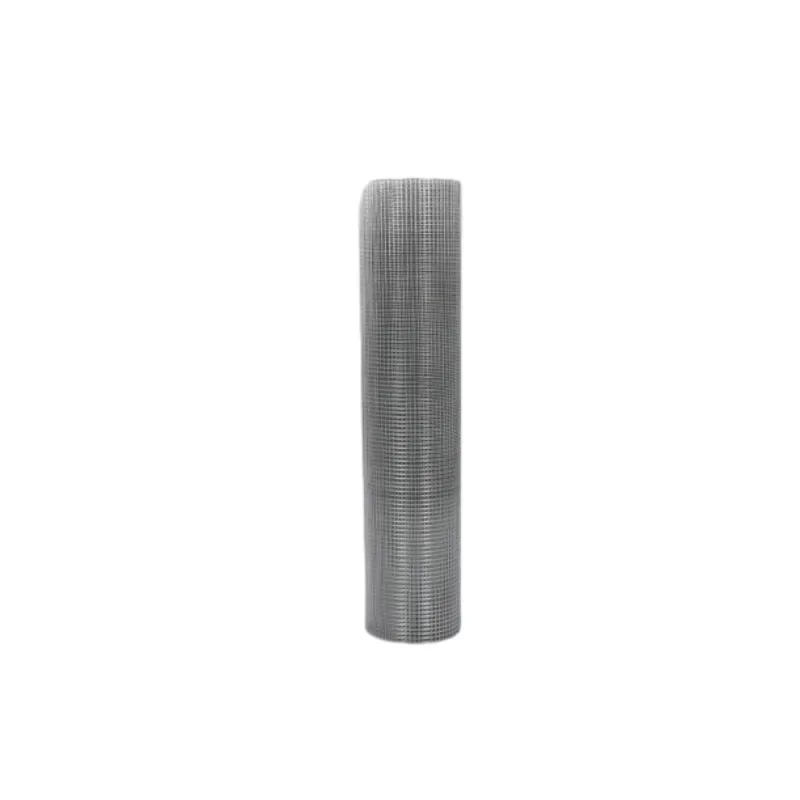Wire Mesh Product
How do I choose the right type of wire mesh for my project?
Choosing the right type of wire mesh for your project involves several key considerations. First, identify the specific application; different projects may require different materials and wire gauges. For example, if you're looking for fencing, consider the strength and durability needed based on the animals or items you want to contain. For more decorative applications, such as garden trellises, lighter-weight wire mesh may suffice. Next, evaluate the material; galvanized steel is popular for its rust resistance, while stainless steel offers superior corrosion resistance, making it ideal for outdoor or wet environments. The mesh size is another important factor; smaller openings are better for containing small animals or sifting materials, while larger openings may be sufficient for larger applications. Additionally, consider the wire gauge, as thicker wires provide greater strength but may be heavier and more expensive. Also, assess any local regulations or codes that may affect your choice. Finally, think about aesthetic considerations if the wire mesh will be visible, as different finishes and coatings can enhance appearance. By carefully evaluating these factors, you can select the most suitable wire mesh for your project.
How do I install wire mesh products?
Installing wire mesh products can vary depending on the specific application, but the process generally involves a few common steps. First, gather all necessary materials and tools, which may include wire mesh panels, posts (for fencing), fencing staples or fasteners, and tools like pliers or a wire cutter. Start by measuring the area where the wire mesh will be installed, marking any corners or endpoints. If you are installing a fence, set the posts in place first, ensuring they are level and securely anchored, typically with concrete or compacted soil. Once the posts are set, unroll or lay out the wire mesh along the designated area. Cut the mesh to the required length if necessary. Attach the mesh to the posts using appropriate fasteners; fencing staples work well for wooden posts, while wire ties can be used for metal posts. Ensure the mesh is taut to prevent sagging, adjusting as necessary during installation. If the application involves creating a barrier or enclosure, secure the mesh to the ground using stakes or anchors to keep it in place. After installation, conduct a thorough inspection to ensure everything is secure and make adjustments as needed. Proper installation ensures the functionality and durability of your wire mesh products.











